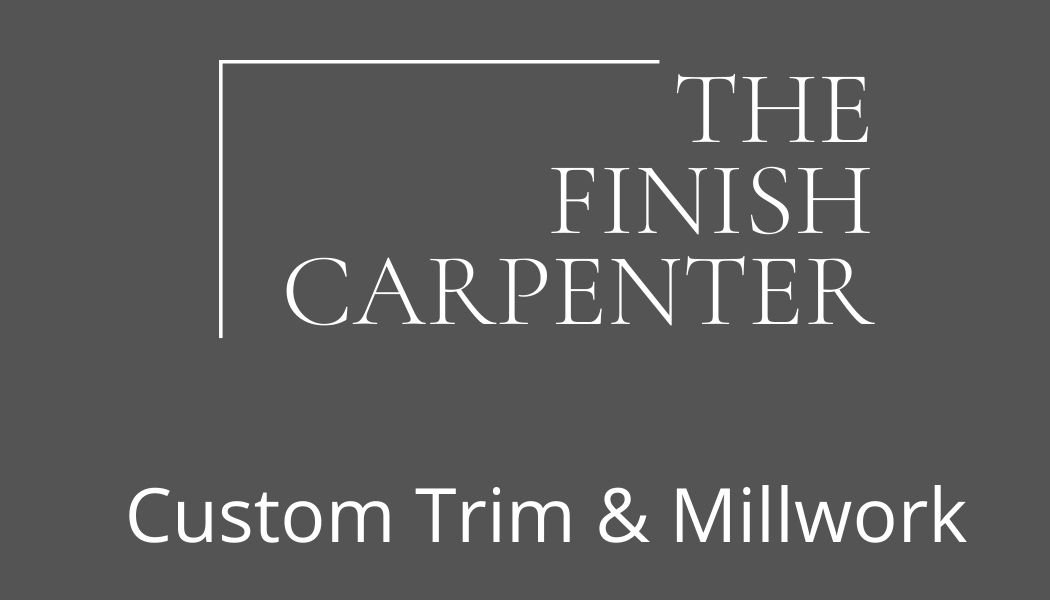The History and Meaning Behind ‘Wainscoting’
Wainscoting is a classic architectural feature that has been enhancing homes for centuries. From grand historic estates to modern interiors, this decorative wall paneling adds elegance, texture, and practicality. But have you ever wondered where the term "wainscot" comes from and how this design element became so popular?
The Origins of the Word "Wainscot"
The term "wainscot" has its roots in Middle English and Middle Dutch. It derives from the Dutch word waeghe-schot (later wanschot), which roughly translates to "wall partition" or "wooden paneling." This word is a combination of:
"waeghe" – meaning "wagon" or "wall"
"schot" – meaning "partition" or "barrier"
Originally, wainscot referred to high-quality oak imported from the Baltic region, particularly for use in crafting wooden wall panels. These durable planks became popular for wall coverings, offering both protection and insulation.
The Evolution of Wainscoting
Wainscoting was first used in medieval times as a functional element in homes and castles. Walls were often made of rough stone or plaster, and wainscoting provided an extra layer to keep rooms warmer and prevent damage from furniture and daily wear. Over time, it evolved from a purely practical feature into an aesthetic one, featuring intricate carvings and elegant finishes.
During the Renaissance and into the Georgian and Victorian periods, wainscoting became a symbol of sophistication. Wealthier households adorned their interiors with finely crafted wooden panels, often painted or stained to complement the decor.
Modern Wainscoting Styles
Today, wainscoting is still widely used to enhance interior spaces. While traditional wood panels remain popular, modern materials such as MDF (medium-density fiberboard) and PVC offer cost-effective and versatile alternatives. Some of the most common wainscoting styles include:
Beadboard – Featuring vertical grooves, perfect for a cottage or farmhouse aesthetic.
Raised Panel – A formal and classic look often found in traditional homes.
Board and Batten – A simple and rustic design with vertical planks and horizontal strips.
Flat Panel – A sleek and contemporary option with smooth, unembellished panels.
Why Homeowners Love Wainscoting
Wainscoting isn’t just about looks—it also serves several practical purposes:
Adds character and charm – It creates a polished, high-end feel in any space.
Protects walls – Ideal for high-traffic areas like hallways, dining rooms, and entryways.
Increases home value – Timeless design elements can make a home more appealing to buyers.
Enhances insulation – Originally used to help retain heat, wainscoting can still provide an extra layer of insulation.
Bringing Wainscoting into Your Home
Whether you prefer a classic, ornate style or a sleek, modern design, wainscoting wall panels is a versatile addition that can elevate any room. With a variety of materials and styles to choose from, it’s easier than ever to incorporate this timeless element into your home’s interior design.

